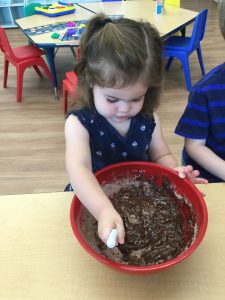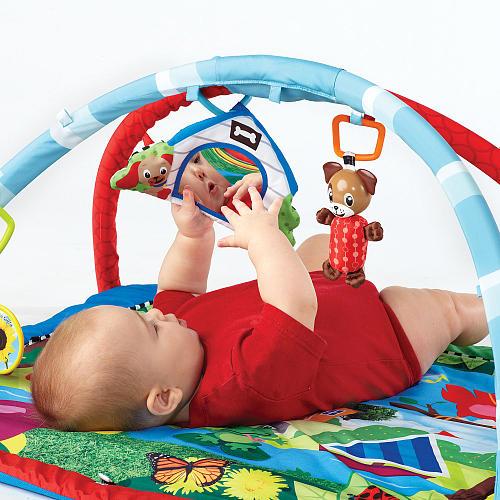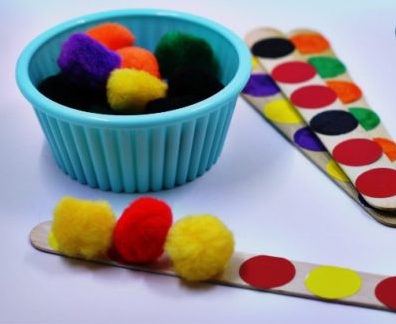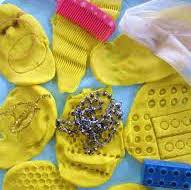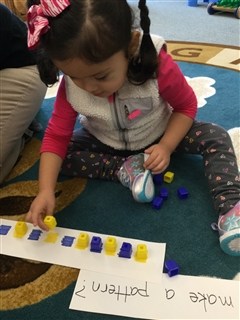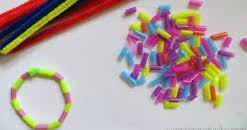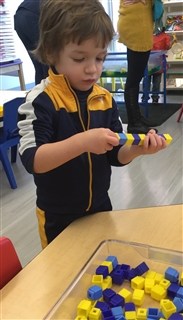Materials
Two different colors of objects (we used blue and yellow unifix cubes)
Directions
After introducing simple patterns to your child and having him copy the simple repeating pattern, he may be ready to create his own patterns. We supplied a container of yellow and blue Unifix Cubes and encouraged the children to create repeating patterns. Simple patterns might be yellow, blue, yellow, blue (ABAB), blue, blue, yellow, yellow (AABB), yellow, yellow, blue, yellow, yellow, blue (AAB).
Once your child is generating his own simple patters with two objects or two different colors, you can increase the level of difficulty by adding three or four objects. Children will begin to see patterns in their environment! Being able to recognize patterns is an important skill for reading and math.
